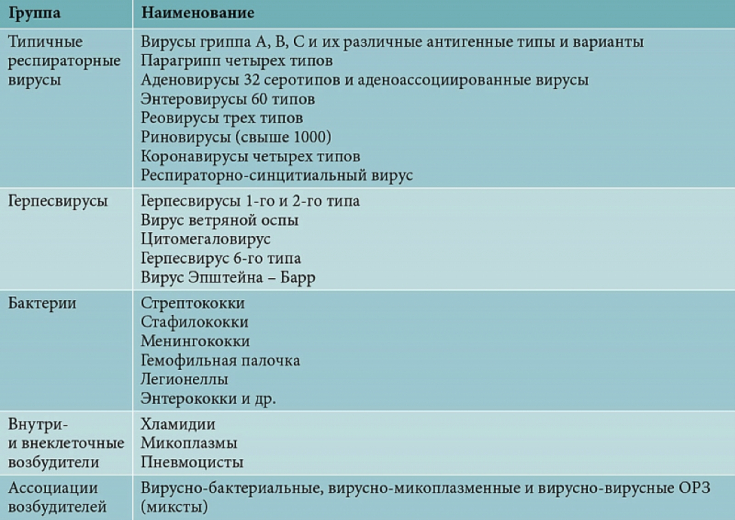H1N1 and H3N2 influenza viruses cause seasonal outbreaks in people of all age groups. In particular, H3N2 strains are more commonly isolated among the elderly, which also cause higher lethality compared to H1N1.
Find out in the article on estet-portal.com what mechanisms of the immune system function provide protection against viral diseases, as well as factors that affect the body's susceptibility to various strains of viruses.
- Studying the issue of immunological response in viral diseases
- Immunological memory in viral diseases
- The course of viral diseases in different age groups
Studying the issue of immunological response in viral diseases
In a recent study presented by scientists at the University of California, Los Angeles, USA and their colleagues from the University of Arizona, USA, data were presented on the strength of the immune response in viral diseases.
Follow us on Instagram!
In the course of research, it was found that the body's immunological ability to respond to the effects of infections caused by influenza virusesis determined not only by the corresponding individual history in general, but also directly by the sequence of infection of the body with certain strains of influenza viruses during life.
Read also: What threatens a latent herpetic infection
The findings of the study offer a new explanation for the differences in the clinical course of viral disease in different patients under conditions of infection with an identical viral strain. According to the researchers, new ideas can become the basis for developing effective strategies to minimize the consequences of seasonal epidemics of viral diseases.
Immunological memory in viral diseases
In previous work carried out by the authors of this study, it was proved that formation of immunological memory under the influence of influenza viruses in childhood is the basis of partial resistance throughout subsequent life. In infectology, the similar idea that the influence of the influenza virus in the past determines the future reactivity of the organism to infection, known as immunological imprinting.

Thus, the findings of the study disproved the widely known theory of the failure of the body's immune defense against past strains or subtypes of zoonotic influenza viruses.
In the new study, the authors focused on the importance of immunological imprinting.
Read also: Coronavirus in the world. Panic or danger? A French Perspective on the Pandemic
This phenomenon plays an important role in the reactivity of the body's response to influenza strains circulating in the human population, as well as the search for explanations of how this can explain the differences observed in the impact of seasonal influenza strains on people of different age group.
The course of viral diseases in different age groups
Over the past decades the H3N2 subtype has been responsible for the majority of severe cases and an increased risk of mortality due to viral infections in the elderly. On the other hand, the H1N1 strain was associated with lower mortality and a predominant lesion of young and middle-aged individuals.
In addition, a pattern has been found that the likelihood of hospitalization for reinfection with H1N1 in adulthood is lower among individuals who were previously infected with the H1N1 subtype for the first time in childhood, rather than H3N2. Accordingly, people infected for the first time in childhood with the H3N2 strain of influenza virus received additional protection in later life, which reduced the likelihood of serious and fatal outcomes.
For more up-to-date information, visit Facebook!
Separately, the researchers analyzed the evolutionary relationship between these influenza strains. It has been established that H1N1 and H3N2 are separate branches of the "family tree"; flu virus. In addition, the authors found that primary childhood H2N2 infection had no protective benefit later in H1N1 influenza. These are conflicting conclusions that still need explanation.

However, one of the main achievements of the study, the authors believe that
the maximum resistance and intensity of the immune response is associated with a viral strain, the infection of which has become primary for the macroorganism.
Finally, the researchers expressed the hope that the results obtained may help in predicting the risks of affecting certain age groups of the population in accordance with information about the circulation of current seasonal virus strains. In turn,these can ensure reasonable distribution of vaccines to patients who need it most due to new virus outbreaks or gene drift of more common strains.
More useful information on our







Add a comment